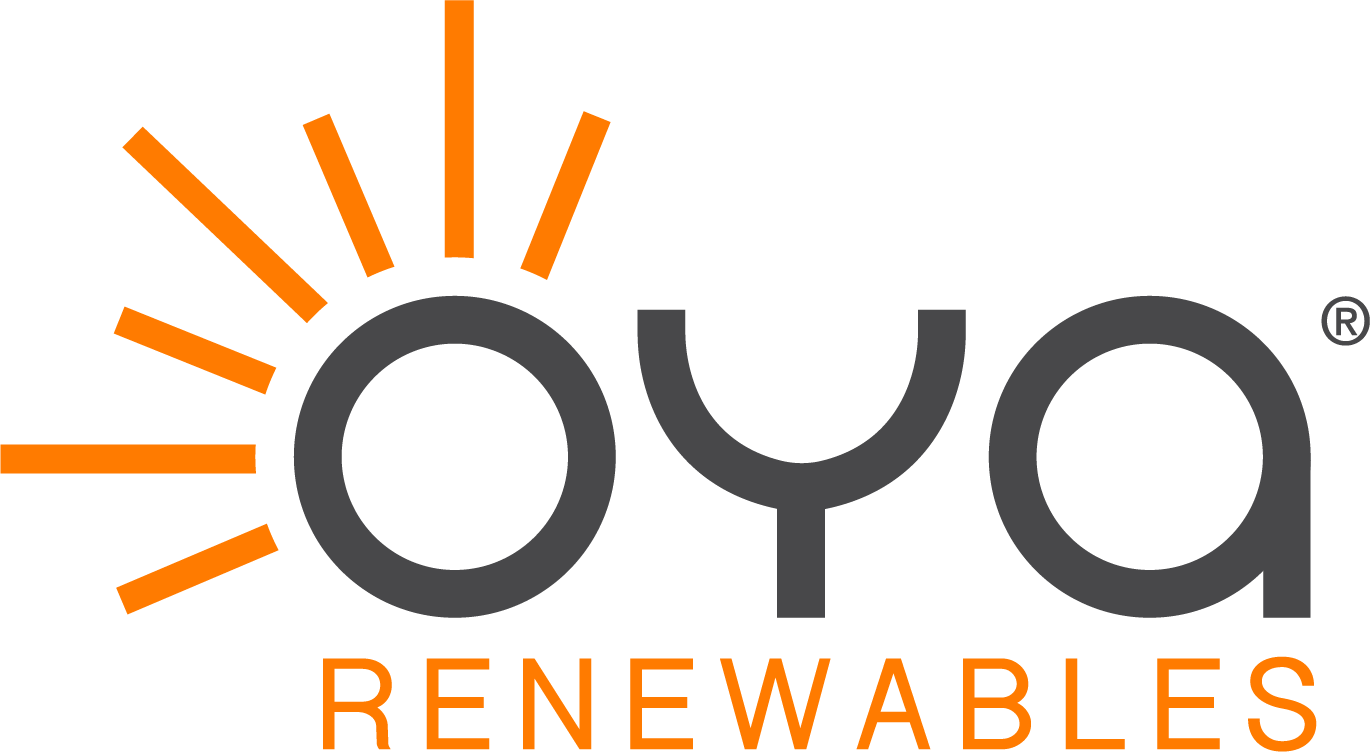How long can a BESS provide power during an outage?
The duration of backup power provided by a BESS depends on its capacity and the power requirements of the connected loads. Smaller systems may provide power for a few hours, while larger installations can sustain critical loads for several days. The capacity and duration can be customized based on specific requirements.
